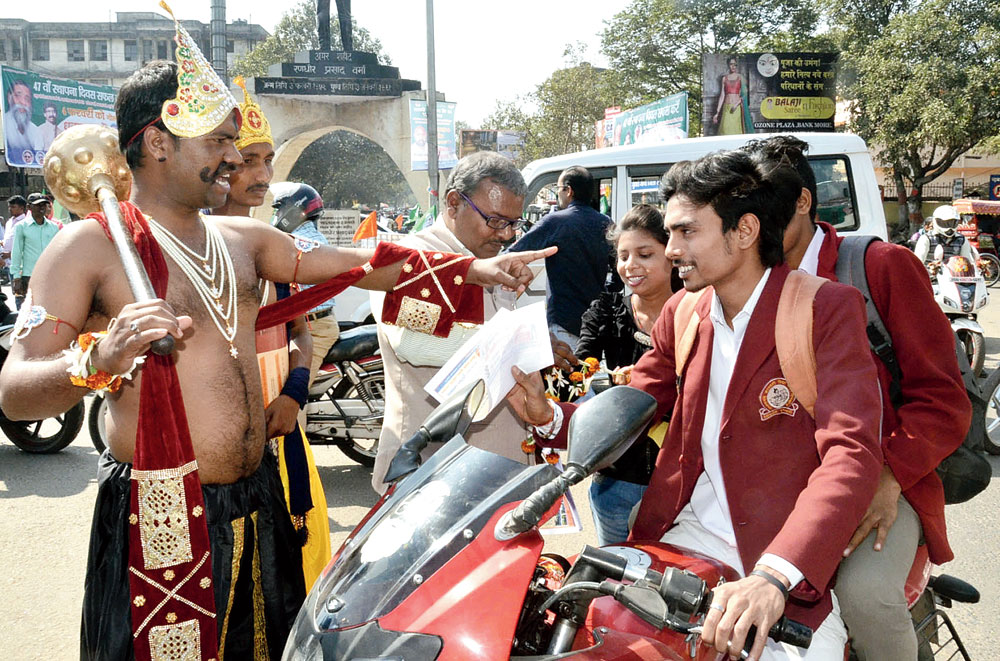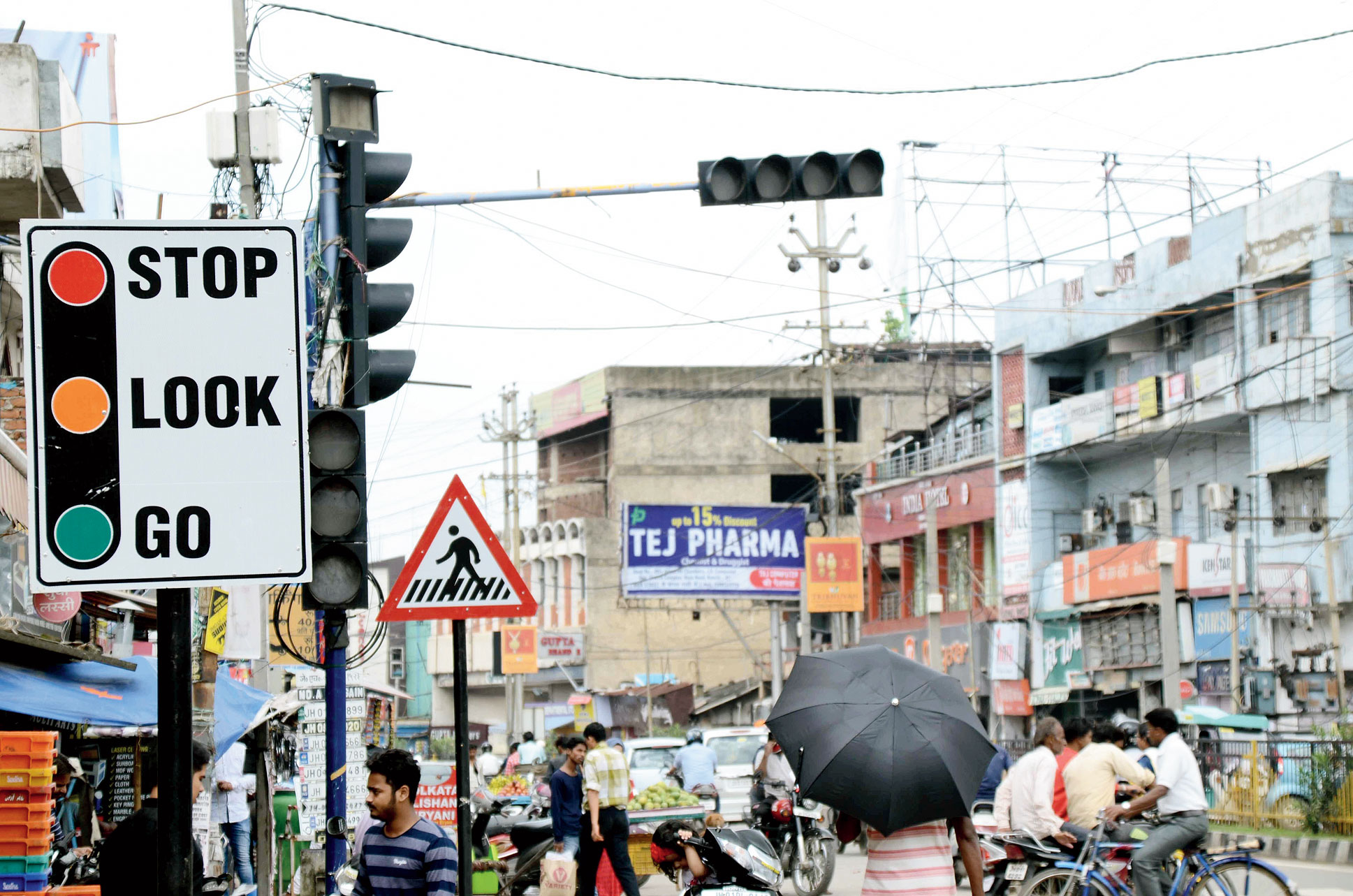It is the nature of public spaces and citizens’ engagement with them to be constantly changing. Hence, strategies to protect lives and prioritize safety in such spaces, such as roads in urban areas, must also evolve. The latter, unfortunately, does not seem to be happening in India. According to the annual report released by the Union ministry of road transport and highways, 1.5 lakh people died in road crashes on Indian streets last year, an increase of 2.4 per cent in comparison to 2017. This is not surprising — after all, India ranked first in the number of deaths caused by road accidents across the 199 countries surveyed in the World Road Federation’s World Road Statistics, 2018. It is a rather dubious distinction, given that the country accounts for only one per cent of the world’s vehicles. Pedestrians are equally unsafe in India, with the number of fatalities having risen by a steep 84 per cent in just four years. West Bengal tops the list, with 2,618 deaths in 2018.
The implications of these findings are deeply worrying. It becomes clear that interventions towards ensuring road safety, no matter how concerted, do not seem to be working. Even in Calcutta, where the number of road accident cases in 2018 fell in comparison to the previous year, officers in charge of traffic guards have been asked to formulate a new plan to prevent further accidents as far as possible. Such a plan must reimagine existing measures that might be geared towards preventing accidents but often end up having the opposite effect. Crash barriers across the city are a case in point: there were several instances in 2018 where motorists rammed into guardrails placed in the middle of the road simply because these structures could not be seen from even a few metres away. Luminescent reflectors on such barricades are often missing. This is dangerous especially at night and in foggy conditions. Faulty amber lights at traffic signals also contribute to the lack of safety. However, while structural changes and public awareness campaigns can be augmented with other kinds of investments such as education, they are unlikely to work properly without the determined involvement of ordinary citizens themselves. The real challenge lies in getting all stakeholders — including parents on motorcycles whose helmetless children ride pillion — to prioritize their own safety and that of others. It is only when the investments come from all quarters — the government, the police and the people — that the roads might truly be safe.












